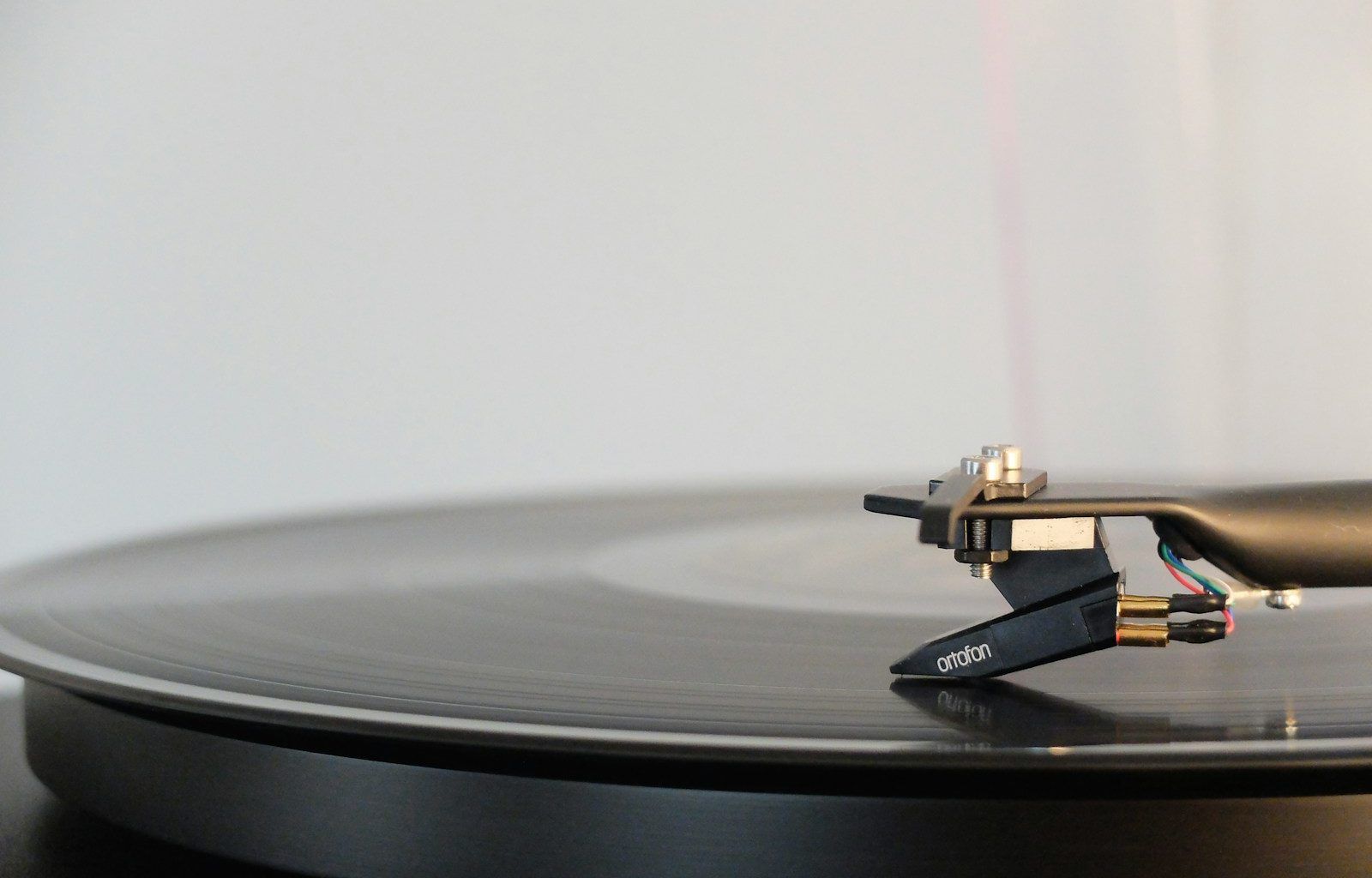Music label distribution is the process of getting your music from your recording studio to your audience’s ears. This involves various platforms like Spotify, Apple Music, and YouTube, as well as physical formats such as vinyl or CDs. Distribution ensures your music is accessible to fans around the world—or just around the corner.
Think of music distribution as the bridge connecting artists and their listeners. Without it, even the most amazing song might never find an audience. Today, the digital age has transformed how distribution works, making it easier than ever for independent artists to reach their fans.
Why is Distribution Important?
For artists, visibility is key. Imagine creating a masterpiece but keeping it locked away. Music label distribution ensures that your art reaches listeners, which is critical for building a fanbase, generating revenue, and establishing a career.
Moreover, distribution isn’t just about availability. It also helps with promotion, data collection, and ensuring royalties are accurately tracked. With good distribution, your music can reach charts, playlists, and eventually, the hearts of your fans.
Types of Music Distribution
When it comes to music label distribution, there are two main types: physical and digital.
1. Physical Distribution
This includes CDs, vinyl, and sometimes even cassettes. Physical distribution is less common today but still holds value, especially for collectors and niche markets. Many fans love owning something tangible—a piece of the artist they admire.
2. Digital Distribution
This is the big player in today’s music industry. Digital distribution involves getting your music on streaming platforms like Spotify, Deezer, and Amazon Music. It also includes downloads from stores like iTunes. Digital distribution is fast, efficient, and often the most cost-effective option.
How Does Music Distribution Work?
The process is more straightforward than you might think. Here’s how it typically works:
- You create your music: This is the first step, and it all starts with your artistry.
- Sign with a distributor: This could be through a major label, an independent company, or a DIY platform.
- Your music gets delivered to platforms: The distributor sends your music to streaming services, stores, and possibly physical outlets.
- Fans access your music: Listeners stream, download, or purchase your tracks.
- You get paid: Platforms track streams and purchases, and the distributor ensures you receive your royalties.
Choosing the Right Distributor
Selecting the right music label distributor can make or break your success. Here are a few factors to consider:
- Reputation: Research the distributor’s track record.
- Cost: Understand their fee structure—some take a percentage, others charge upfront.
- Services: Do they offer marketing support, playlist pitching, or royalty tracking?
- User-friendliness: Especially for independent artists, an easy-to-use platform can save a lot of headaches.
Popular options include DistroKid, TuneCore, and CD Baby for independent artists, while major labels often handle distribution in-house.
Tips for Successful Distribution
- Understand your audience: Know where your fans are and what platforms they use.
- Promote your music: Distribution gets your music out, but promotion gets people listening.
- Track your data: Use analytics to understand what’s working.
- Be consistent: Release music regularly to keep your audience engaged.
Conclusion
Music label distribution might sound complex, but it’s essential for any artist aiming to grow. Whether you’re just starting or looking to scale, understanding and optimizing your distribution strategy can make a world of difference.
For further reading, explore these related articles:
- The Evolution and Vibrance of the Indian Music Industry
- Zee Music Company Owner: Shaping the Sound of India
For additional resources on music marketing and distribution, visit DMT Records Private Limited.






